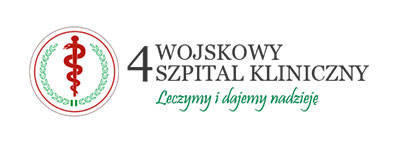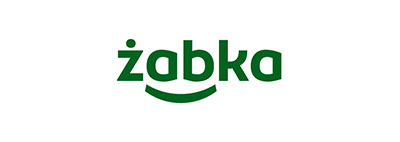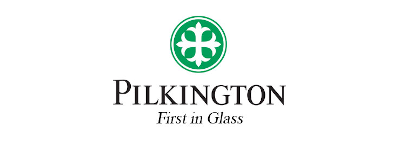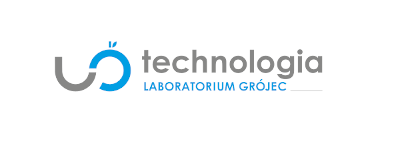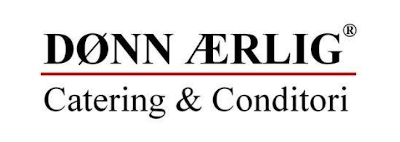The range of temperature and relative humidity should be adapted to the type of exhibits and the material they are made from. Specific values of relative humidity and temperature recommended for storing works of art made from different materials are specified e.g. in the study „Determining the Acceptable Ranges of Relative Humidity And Temperature in Museums and Galleries” – Smithsonian Institution.
Proper temperature and relative humidity levels are defined by EN 15757:2012 (Conservation Of Cultural Property – Specifications For Temperature And Relative Humidity To Limit Climate-Induced Mechanical Damage In Organic Hygroscopic Materials).
According to the norm, the relative humidity in the room/cabinet with works of art should be determined on the basis of the so-called historical climate to which the items are acclimated for a longer time. The historical climate, i.e. the range of relative humidity and temperature in which exhibits have been stored without adverse effects, can be determined on the basis of measurements conducted for at least 12 months. Analyzing the historical climate, one should take into account seasonal changes in humidity, e.g. due to heating period.
Historical climate is described by three parameters:
The values obtained from the above calculations describe the historical climate, to which the exhibits have been acclimatized. Such conditions should be maintained in the room/cabinet intended for storing the objects. What’s more, if the fluctuations in relative humidity have been significant, they should be minimized. The norm specifies that any fluctuations beyond the [-1.5, 1.5] range of standard deviation have to be eliminated.
The loggers are accurate and reliable, durable and easy to maintain.
Secure software with encrypted connections – proven in over 300 large installations with up to 1000 sensors.
There are no subscription fees for using Efento Cloud.
2 years warranty
Temperature within 19–21°C is the best compromise between comfort of visitors and the expenditure for energy consumption. If the room temperature does not change rapidly, it has little effect on the condition of works of art.
The optimum relative humidity for mixed collections is 45–55%. Too high relative humidity (over 65%) can cause the growth of mold and fungi on paintings, metal corrosion or damage to library collections. On the other hand, too low relative humidity (below 25%) leads to the loss of hygroscopic water – fragility of materials like leather or paper, and an increase of mechanical stress, especially in wood items.
Technical rooms, including server rooms, archives or boiler rooms must be secured against water, which may result in museums property damage as well as financial and image losses.
Energy costs are a significant position in the costs of running a museum. Efento pulse counters combined with the cloud platform allow you to monitor not only electricity but also water or gas consumption. This allows you to quickly detect any issues, monitor costs, and generate alarms when a certain consumption level is exceeded.

The Archives of the Jagiellonian University are one of the oldest and largest university archives in the world. Efento loggers measure temperature and humidity, ensuring control over the proper storage conditions of exhibits.
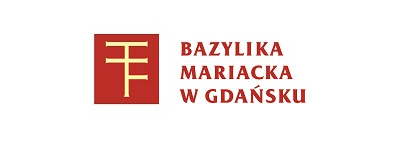
The long-term control of environmental conditions is necessary in order to keep optimal temperature and humidity, especially after repairs, after moving objects or after the change of the manner of the ventilation and to warm.
Check it yourself. The starter kit includes all you need to test our solution:
- Efento Gateway
- Bluetooth Low Energy temperature and humidity sensor
- Unlimited Efento Cloud access
- Free shipping worldwide
